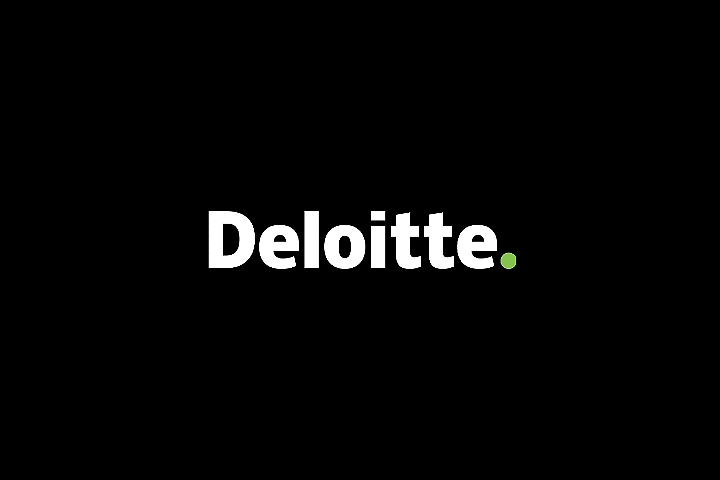Establish futureproof AI governance across your organisation
A practical approach to trustworthy AI use
This article explores the three key steps an organisation can take to set up futureproof AI governance:
Define AI in your organisational context and determine the strategic direction of travel based on the type of AI use cases you expect to roll out.
Develop a trustworthy AI governance framework to manage your AI risks effectively and work cross-functionally because AI risks vary widely and need a multi-disciplinary approach.
Leverage existing processes around data management, privacy and related disciplines to define a lean and effective governance structure for trustworthy AI.
Whenever new technologies emerge rapidly and related regulations are drawn up, organisations too must adapt quickly though also with a longer-term view. To deploy AI in a trustworthy and sustainable way, business leaders must manage the broad spectrum of risks in a pragmatic manner. This was acknowledged in our recently published report1 where only 23% of respondents rated their organisations as highly prepared in the area of risk and governance for AI. Comprehensive understanding of these multifaceted risks must be developed. In addition, informed decisions must be taken on how to manage the potential impact of AI on individuals, individual groups , the organisation as a whole, and broader society.
Trustworthy AI: trustworthy AI systems are ethical, robust, and compliant.
Ethical means the system respects ethical principles and values and prioritises user privacy and data protection, ensuring that personal information is handled with the utmost respect for individuals’ rights.
Robust means the system is reliable , safe and secure from malicious attacks. Therefore, it must haveundergone rigorous testing and validation to identify and manage potential vulnerabilities.
Compliant means the system respects regulations and corporate policies . For instance, the data it uses for training must follow a well-defined data governance framework to ensure the datasets are sufficiently complete and free of bias.
From a risk perspective the new EU AI Act only amplifies the need for a strong risk management system to ensure trustworthy AI by fulfilling the regulatory requirements. A focused and practical approach to addressing these requirements and mitigating AI risks relies on effective governance which can be defined and operationalized through the three steps described below. Establishing a governance framework, in particular, for the use of Gen AI, is the number one priority of organisations that took part in the recent Deloitte survey1: 51% of these organisations are currently focusing on actively managing the risks associated with Gen AI implementation.
EU AI Act : The recently adopted EU AI Act has introduced strict regulatory requirements that organisations must adhere to. Its primary objective is to ensure safe and trustworthy use of AI, with individual rules for specific use cases and sectors, and without hindering innovation.
Conclusion
AI is fast-moving and establishing futureproof AI governance is crucial for sustained success. Embracing proactive risk management and ethical, compliant practices will not only enable regulatory compliance but also foster trust among stakeholders, paving the way for trustworthy AI practices. The future of AI governance lies in creating sufficiently broad awareness within the organisation while building a dedicated, flexible and continuously monitored governance framework. This will ultimately put the organisation on a sustainable and successful path in the rapidly evolving AI landscape.
If you enjoyed reading this article and want to learn more about successfully implementing AI in your organisation, please see our next article in which we will delve deeper into AI model risks .
References






